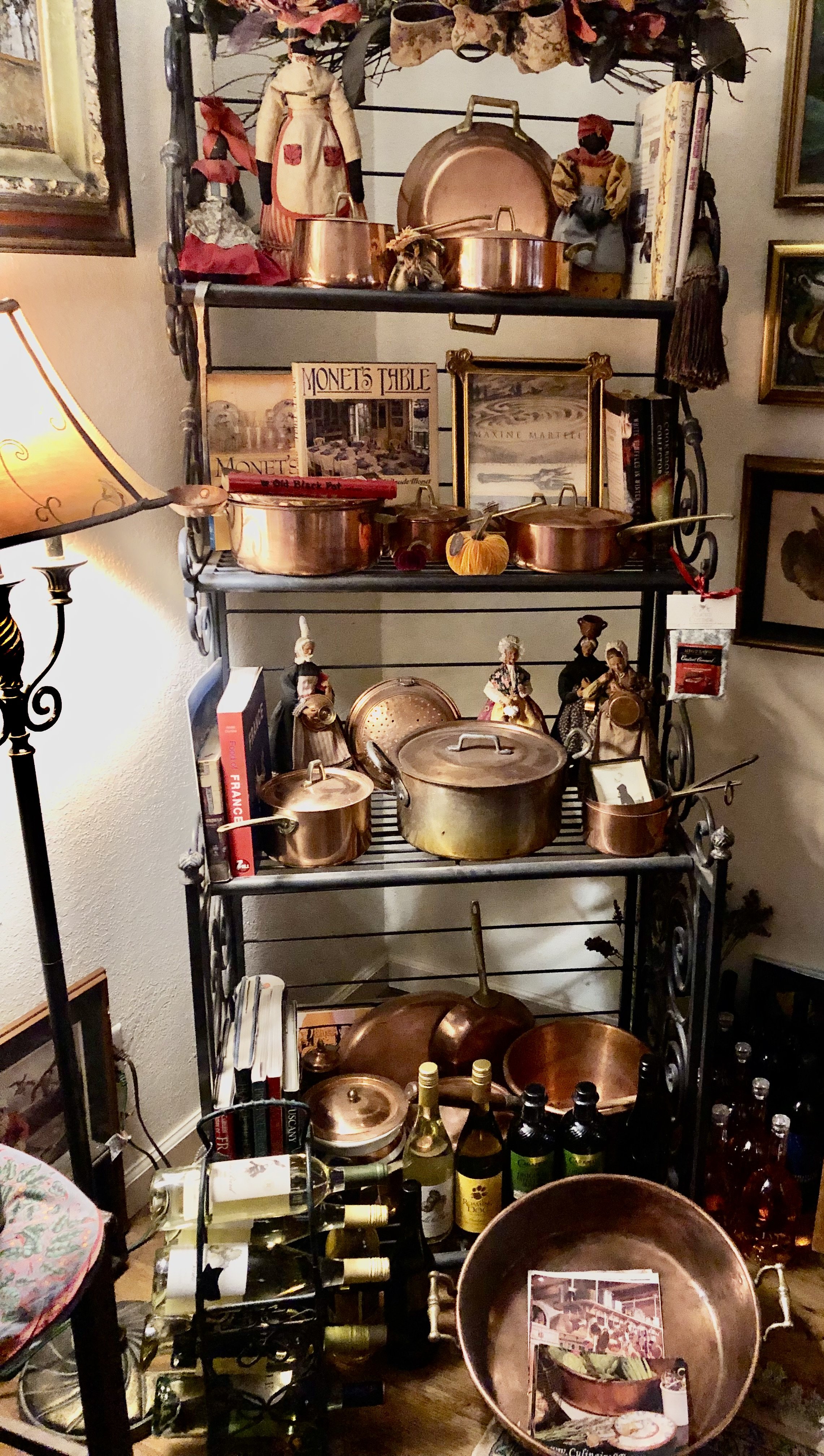The Taste of Things
I begin each day with an omelet. Simple and fresh. Made with one or two eggs whisked with a splash of water or cream and a pinch of thyme and Maldon salt flakes. As my friend gourmet cook and food writer Suzanne Dunaway tutored me, I brush a hot, non-stick, 12-inch pan with a pat of butter, pour in the whipped eggs, and roll the pan to coat it evenly. After loosening the omelet with a spatula, I pull the eggs away from me, flip them over, and it’s done.
In his book “My Paris Kitchen: Recipes and Stories,” David Lebovitz writes this of omelets. “In France, an omelet isn’t fancy—it’s a meal, and sometimes a romantic one…shared with someone you care about.” His omelet overture of a meal he recalls after moving to Paris takes me to “The Taste of Things,” a movie directed by award winning Trân Anh Hùng staring Juliette Binoche and Benoît Magimel. Set in 1889—a time when restaurants were almost nonexistent in France—the film was shot entirely in the Atlantic Loire Valley in the historic city of Angers and of Le Mans, where most of the scenes and all the cooking take place at the privately owned 15th to 17th century Château de Raguin in Chaze-sur Argos.
The movie is based on the classic 1920 French novel “The Passionate Epicure” written by Marcel Rouff. As the story of gastronomy and love unfolds, we are introduced to gourmet chef Dodin Bouffant (loosely based on Anthelem Brillat-Savarin) and his personal cook and lover Eugénie who has for twenty years been preparing the recipes the chef creates for guests. Over time, their collaboration in the kitchen and personal relationship has made them equals. While friends revere Dodin as the Napoleon of French cuisine, Eugénie turns down his proposals of marriage preferring instead the title of cook to wife. Each morning she is up early, gathering fresh ingredients from the estate’s garden needed for recipes the chef gives her to prepare. At the end of each day, the two finally sit down together and enjoy an omelet that she prepares. That simple shared meal is their favorite moment of the day.
While Michelin star Chef Pierre Gagnaire served as a culinary consultant in the kitchen scenes, the actors prepared each dish themselves on French country wood stoves and in an open stone hearth. A dazzling array of copper pots and pans of all sizes and purposes shines with the same gleam as the copper collection my mother Alice displayed on racks in our family’s kitchen. For her, they were decorations that she kept shined but never used, preparing meals instead with a set of Revere Ware designed with thick copper clad bottoms that became popular in the 1960s.
As I watched Donin and his cook Eugénie whisk delicate sauces and prepare to roast a rack of lamb, I learn how each piece of copperware was designed to be used. In the garden, I followed Eugénie as she explored rows of vegetables, squatting down to taste a slice of celeriac root the gardener had dug for her, then cutting heads of leafy lettuce before immersing them in cold well water poured into a large copper basin with brass handles—just like the one I inherited from my mother’s copper collection.
In “The Taste of Things,” each luminous scene filmed in the kitchen is filled with culinary creations prepared before your eyes in light that typified that of a 19th century country kitchen, augmented with sconces and candlelight in the dining room scenes. When the movie ended, no one in the theater got up to leave. When the credits finally ended, a tear rolled down my cheek—not from sadness but because of a shared omelet and conversation at the movie’s conclusion.
A few days later, I came across a biscuit tin with a cameo image of Annette Poulard—a beloved 19th century cook who earned a reputation for hospitality and the prestigious honorary French title of “La Mère” Poulard. Below her portrait is the French landmark Mont-Saint Michel on the Normandy coast, and a pure butter French shortbread stamped with the date 1888. After a little research, I learned that Annette Poulard opened an inn that year after working for years as a cook for Edouard Corrover—a French architect with gourmet tastes who often welcomed guests to his home and recognized Annette’s culinary talent.
In 1872, Corrover was commissioned by the French government with the task of restoring the tidal island abbey of Mon-Saint Michel. When his cook Annette fell in love with Victor Poulard, the son of a baker, Corrover helped them arrange their marriage as thanks for her years of service. The Poulards soon acquired the Hotel Saint-Michel where Annette created her own regional cuisine with emphasis on simple sauces her former employer had loved that flavored products from the land and sea between Normandy and Brittany.
Today, a later restaurant she named “A l’Omelette renommé de La Mère Poulard” (the home of Mère Poulard’s famous omelet) continues to attract visitors from around the world to Mont-Saint-Michel where they come to share one of her large puffy omelets. Why? Because an omelet is more than a meal. It is, quite simply, France in an eggshell.






